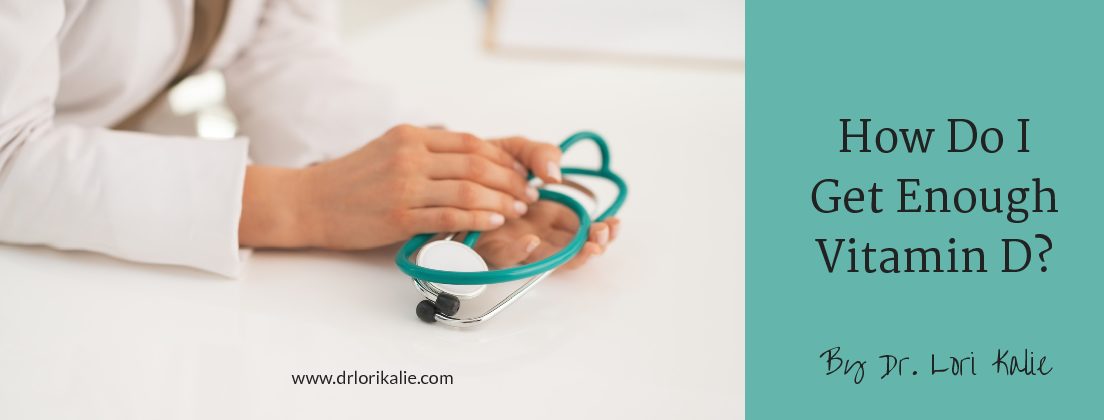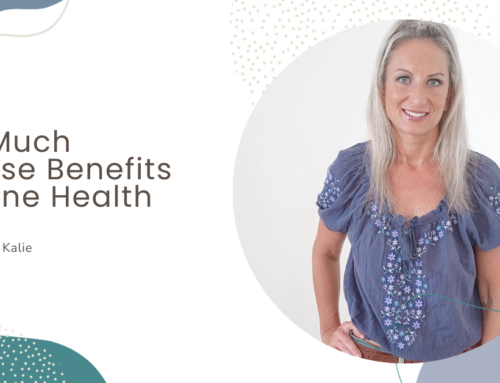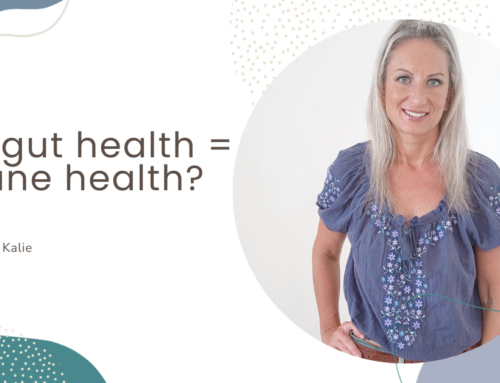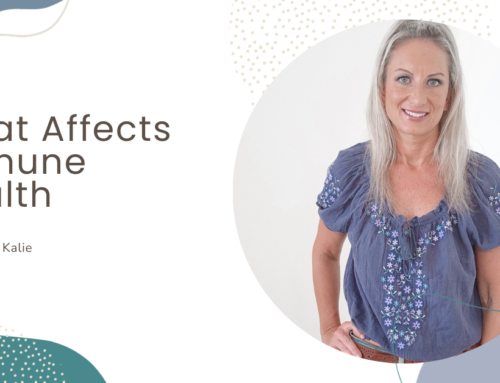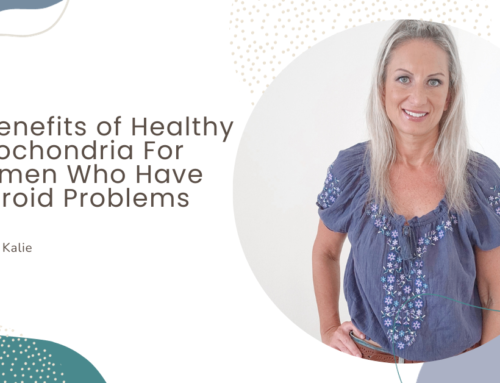I find that most of my clients are deficient in Vitamin D, which is the cause of their health problems. It is estimated that over 80% of the US population is deficient in Vitamin D.
When we think of “vitamins,” we know they’re super-important for health.
But vitamin D is special.
It’s difficult to get enough vitamin D; vitamin D is, therefore, a very common deficiency.
So, let’s talk about how much of this critical fat-soluble vitamin we need, and how you can get enough. The three ways to vitamin D are exposure to the sun, consuming vitamin D containing food, and through supplements.
Why is vitamin D important, and how much do we need?
Did you know that the active form of Vitamin D isn’t a vitamin? It is a steroid hormone.
Researchers have discovered that vitamin D is involved in the biochemical cellular machinery of ALL cells and tissues in your body. Therefore, your entire body will struggle to functional properly when you are not getting the proper amounts of Vitamin D. This will set you up for serious health issues.
Vitamin D helps us absorb calcium from our food and acts like a hormone to help us build strong bones. Vitamin D can also help with immune function, cellular growth, and help to prevent mood imbalances such as depression and seasonal affective disorder.
Vitamin D can also help reduce the risk of cancer, type 2 diabetes, age-related macular degeneration (the leading cause of blindness), and Alzheimer’s disease.
Vitamin D also regulates the immune system to fight off viruses that cause pneumonia, colds, and flu. It decreases inflammation in the body, and improves seizure control in epileptics.
Vitamin D has been shown in research studies that deficiencies are linked to chronic inflammatory rheumatic diseases, which includes rheumatoid arthritis and psoriatic arthritis.
Research, also, shows that most patients with systemic lupus erythematosus (SLE) have some level of vitamin D deficiency.
Not getting enough vitamin D can lead to bone diseases like osteomalacia. Inadequate vitamin D can also increase your risk of heart disease, autoimmune diseases, certain cancers, and even death. The “official” minimum amount of vitamin D to strive for each day is merely 400-600 IU. Many experts, including myself, think that this is not nearly enough for optimal health.
How can I get enough vitamin D from the sun?
Your skin makes vitamin D when it’s exposed to the sun; that’s why it’s referred to as the “sunshine vitamin.”How much vitamin D your skin makes depends on many things. Location, season, clouds, clothing, all affect the amount of vitamin D your skin can produce from the sun. One standard recommendation is to get about 5–30 minutes of sun exposure between 10:00 a.m. – 3:00 p.m. to the face, arms, legs, or back.
This should be done without sunscreen, at least twice a week.Of course, we should always avoid sunburns and of course in some locations (and seasons of the year) it’s not easy to get sun exposure. So, how can we get enough vitamin D in other ways?
How can I get enough vitamin D from food?
Vitamin D is naturally found in fatty fish, liver, and egg yolks. Some mushrooms make vitamin D when they’re exposed to the sun.
Some foods are “fortified” (which means vitamin D has been added) with vitamin D. These include milk, some orange juices, breakfast cereals, and yogurt. It will say on the label how much vitamin D has been added per serving.
Because vitamin D is fat-soluble, you can increase absorption of it from your food if you eat it with some fat (healthy fat, of course).Between sun exposure and food, it still may be difficult to get even 400 IU of vitamin D each day; this is why vitamin D supplements are quite popular.
How can I get enough vitamin D from supplements?
It’s easy enough to just “pop a pill” or take some cod liver oil (which also contains vitamin A).
But before you take vitamin D containing supplements, make sure you check that it won’t interact with other supplements or medications you may be taking. Always read your labels, and ask a healthcare professional for advice.
Common types of vitamin D are vitamin D2 and D3. Vitamin D3 is 87 percent more effective than D2, and is the preferred form for supplementing for insufficient levels of vitamin D.
Do not take more than the suggested dosage on the label of any vitamin D supplement, except under medical care.
As a Functional Medicine practitioner, I will typically recommended (for the general population) 8,000 IU/day.
Just know that too much vitamin D can raise your blood levels of calcium (to an unsafe level), and this can affect your heart and kidneys.
It is, also, important to note that the demands of Vitamin K2 will increase as you increase your intake of Vitamin D. It is recommended that for every 1,000 IUs of vitamin D, 100 to 200 micrograms of vitamin K2 would be beneficial.
The best thing, if you’re concerned, is to ask your healthcare professional to do a blood test and make a recommendation about how much vitamin in supplement form is right for you. Your healthcare practitioner may recommend higher amounts of vitamin D supplementation for a short time while under their care.
It is best to get professional grade supplements. Over the counter supplements often contain toxic additives and do not always contain the dose that the package says.
If you would like to get your Vitamin D3 levels checked, I can consult with you virtually. To schedule a free Discovery Call, click here to access my calendar.
Conclusion:
Vitamin D is an essential fat-soluble vitamin which; many people have a hard time maintaining adequate levels of vitamin D. There are three ways to get enough vitamin D: sun exposure, through certain foods, and in supplements.
I’ve given you some ideas how you can get 8,000 IU or vitamin D that I recommend daily.
If you’re concerned, it’s best to request a blood test that tests your vitamin D levels to be sure what’s right for you. Always take supplements as directed. Click here to schedule a free Discover Call to request your Vitamin D levels be checked.
Recipe (vitamin D): Super-Simple Grilled Salmon
Serves 4
4 wild salmon fillets
1 bunch asparagus
1/4 tsp sea salt
1/4 black pepper
1/4 tsp dried parsley
1/4 tsp. dried dill
4 tbsp olive oil
Preheat the oven broiler and raise the oven rack. Place parchment paper on a baking sheet and place fish on top, skin-side down. Surround with a single layer of asparagus.
Sprinkle the fish and asparagus with sea salt, pepper, parsley, and dill. Drizzle with olive oil.
Broil for 8-10 minutes until fish flakes easily with a fork.
Serve & enjoy!
Tip: Serve with a side of rice or quinoa.
References:
http://thewellnessbusinesshub.com/yes-nutrient-deficiencies-heres-proof-can/
http://www.hc-sc.gc.ca/fn-an/nutrition/reference/table/ref_vitam_tbl-eng.php
https://ods.od.nih.gov/factsheets/VitaminD-HealthProfessional/
http://www.precisionnutrition.com/all-about-vitamin-d
https://authoritynutrition.com/vitamin-d-101/
http://neurotrition.ca/blog/brain-food-essentials-sardines
To join my private Facebook group, click here.

